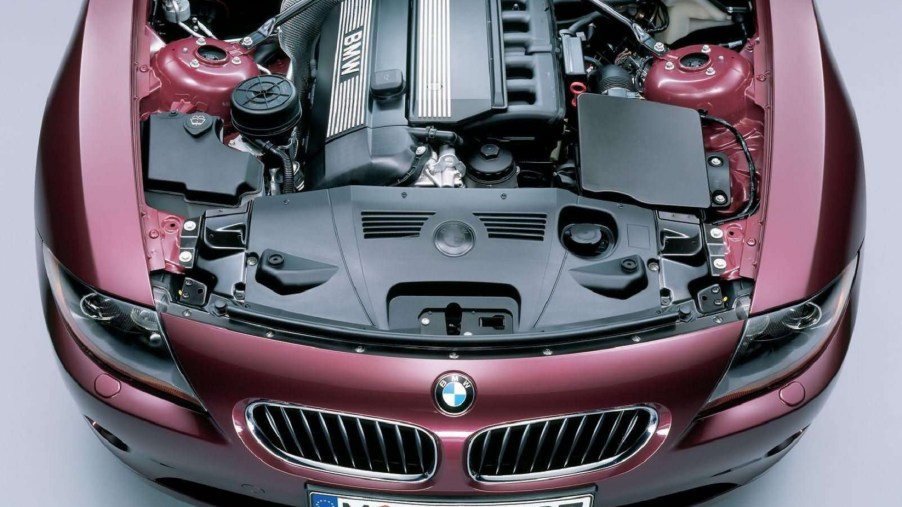
Which Used BMW Engines Are the Most Reliable?
Even if they’re used and depreciated, luxury cars from marques like BMW are still luxury cars. That means maintenance and repair bills, especially for engine-related issues, can cost a pretty penny. However, not only can used BMWs be reliable overall, but so can their engines. It’s all a matter of understanding what’s under the hood.
Which modern BMW engines are reliable?
What we’re calling ‘modern BMW engines’ are ones that debuted in cars made within the last 25 years. Any older and a used BMW becomes a classic.
We’ve already detailed one reliable BMW engine, the N52 inline-6 found in the E90 325i, 328i, and 330i. Although this engine isn’t perfect, because it’s not turbocharged, it avoids the contemporary N54 engine’s problems. Plus, the N52 doesn’t suffer from the E90 M3’s rod-bearing issue.
If you’re scouting out a BMW with an N52 engine, make sure it has the updated cylinder head introduced in the 2009 models. This prevents the oil-related valve-tick issue earlier cars often develop, BMW Tuning explains. 2008-and-earlier cars can also suffer from ABS module and steering lock failure.
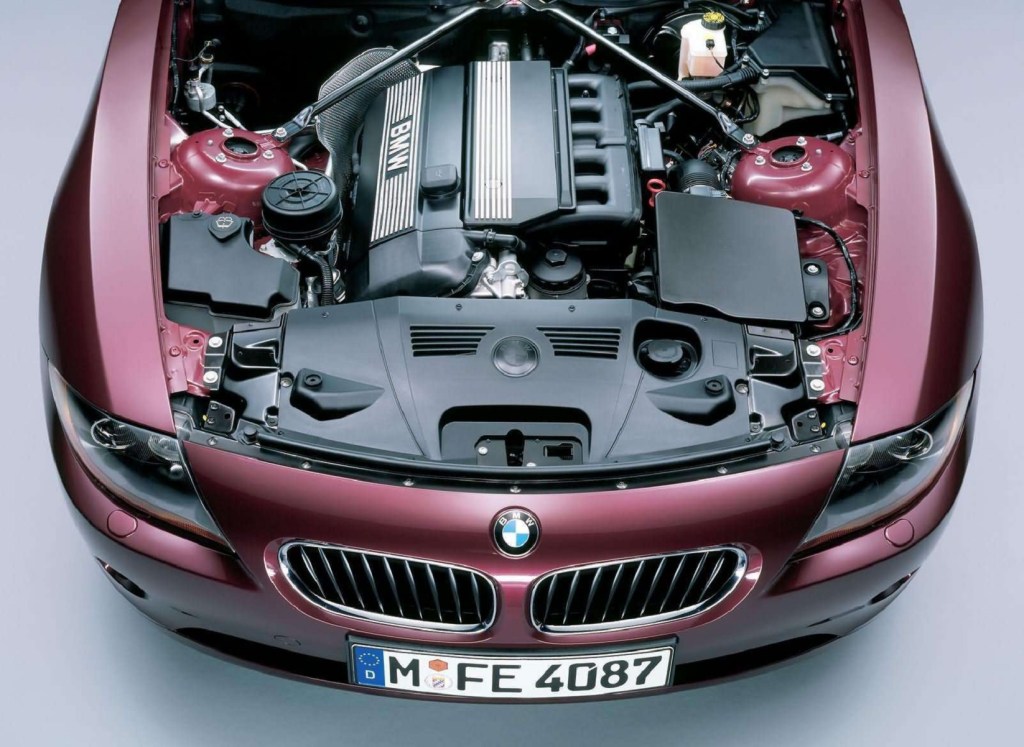
Another reliable modern BMW engine is the M54 inline-6. The 2000-2006 E46 3 Series, as well as the contemporary Z3 and Z4 roadsters and X3 and X5 SUVs have this engine, BMW Tuning reports. And it’s famous for running reliably even after hundreds of thousands of miles.
That being said, the M54 engine isn’t quite perfect. Like the N52, it comes with BMW’s VANOS system, which operates the valvetrain. Over time, the system seals and solenoids degrade and fail. The plastic valve cover can similarly degrade, as can the DISA valve on the intake manifold.
But modern replacement parts offer better and stronger materials. Plus, some M54s have loose oil pump nuts—if the nut falls off, the oil dumps out, and you’re out an engine. But most have already been better affixed with Loctite, BMW Tuning reports.
Finally, there’s the M44 4-cylinder engine found in the 1996-1999 BMW Z3 and E36 318ti, Turner Motorsports reports. The M44 was preceded by the M42 and M40 engines and ultimately derives from the E30 3 Series’ M10 4-cylinder, UnixNerd reports.
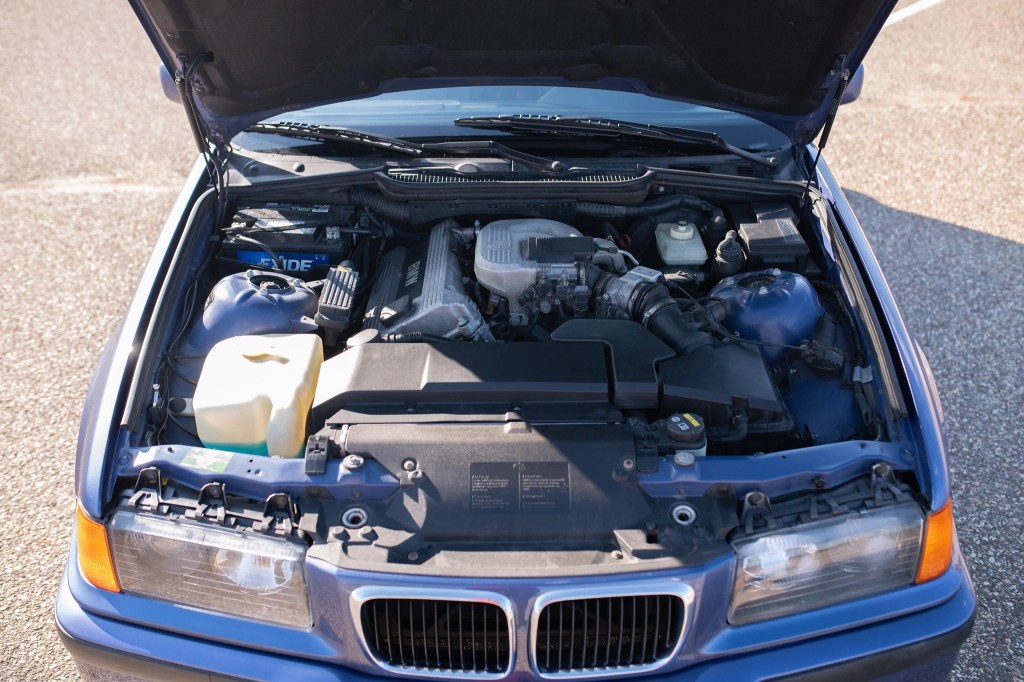
While the M10 and E30 M3’s S14 engine are extremely durable, BimmerLife reports, the M44 is easier to live with. Not least of which is because it has a modern OBD-II port. And apart from some age-related gasket and tubing issues, it’s a solid engine, UnixNerd reports.
Are there any reliable classic BMW engines?
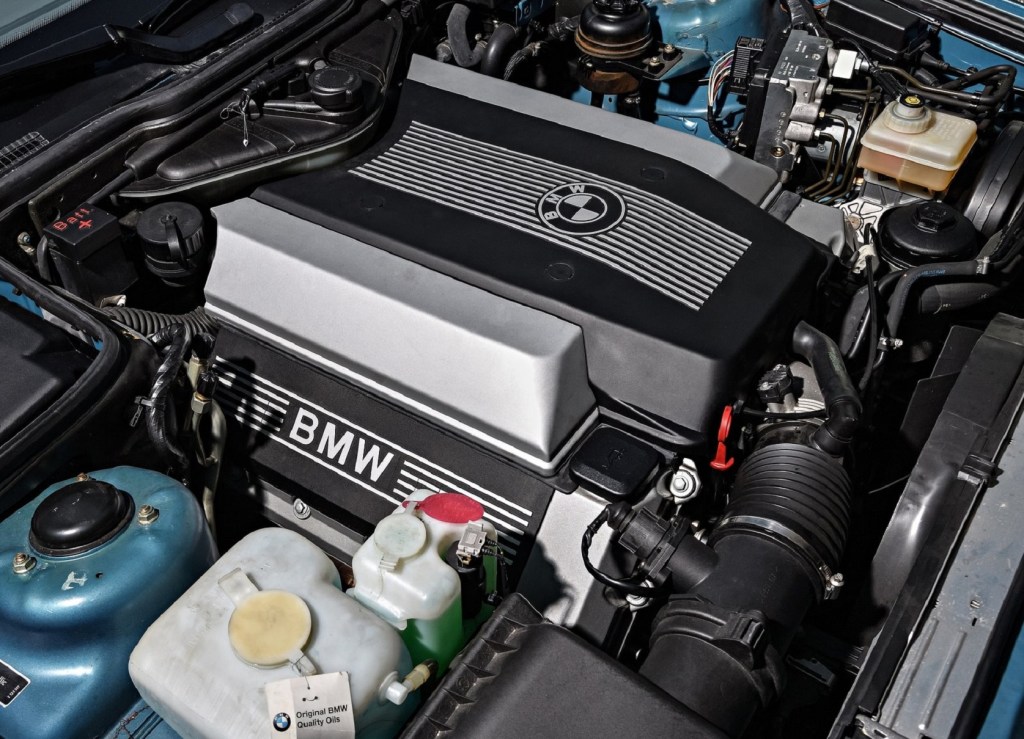
We recently featured a used 1997 BMW E39 540i as a Cars and Bids bargain car. That car came with a pre-VANOS M62 V8. But, while that engine is fairly reliable, its predecessor, the M60 V8 is arguably the better choice.
BMW made the M62 in 3.0-liter and 4.0-liter form for the 1992-1995 E34 5 Series, the 1992-1994 E32 7 Series, and the 1994-1996 E38 7 Series. And while the later M62 is more powerful, not every example is VANOS-free. Plus, while the high-sulfur gasoline of the period damaged the M60’s cylinder linings, BMW has since replaced them and sulfur is now a non-issue.
Apart from that, the BMW M60 is a reliable, very smooth, and durable engine, UnixNerd reports. And while we classify it as a ‘classic’ engine, it has fuel injection and a modern ignition system. The only unique issues, apart from age-related tubing and gasket ones, are occasionally loose oil pump bolts. Plus, a few problems common to many used BMW engines. But we’ll touch on those shortly.
The honorable mentions
There are two more BMW engines that didn’t quite make the ‘most reliable’ cut. Though it’s not necessarily because they’re horribly trouble-prone. It’s because they serve as excellent examples of the differences between ‘reliable’ and ‘durable.’
The first is the M30 inline-6 engine found in the E12 and E28 BMW 5 Series. The former has carburetors and the latter has fuel injection, UnixNerd reports. The 1981-1988 5 Series is a surprisingly affordable classic luxury sedan, not just to buy but to run. And many BMW fans rank the M30 engine high on the reliability scale. Indeed, UnixNerd describes it as “bulletproof.” So, why didn’t it make the list?
The problem is that the BMW M30 engine, unlike the engines listed earlier, has manually-adjustable valves. Normally, that’s not an issue: many motorcycles still use them. But it does make for more frequent maintenance. And while the adjustment procedure isn’t necessarily complex, it’s somewhat delicate and time-consuming, StraightSix and Cars.com report. The M30 is definitely a stalwart BMW engine, but it requires a level of maintenance not everyone wants to deal with on a daily basis.
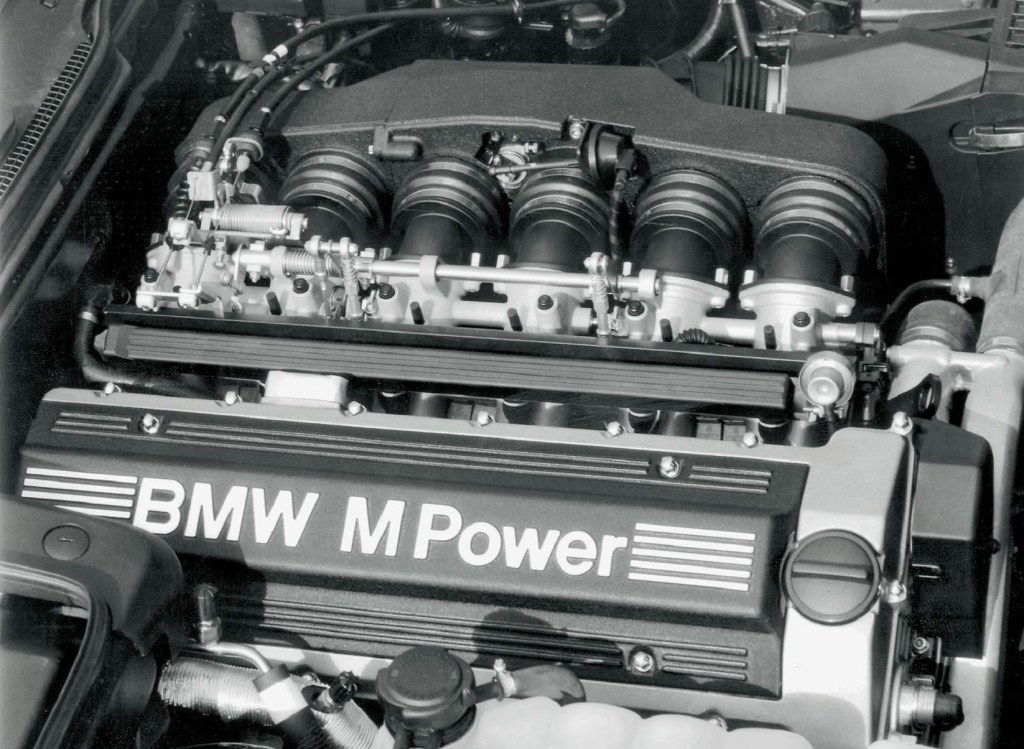
It’s a similar story with BMW’s S38 inline-6 engine. BMW put this engine in the original North American-spec M5, Road & Track reports. The later E34 M5 also uses it, albeit, with a few upgrades, UnixNerd reports. And compared to its predecessor, the M88 inline-6, the S38 has several stronger components, MyE28 forum users report.
However, like the M30, the BMW S38 engine lacks hydraulically-adjusted valves. Instead, you adjust the valve clearances with metal shims that require regular replacement. And if they’re not, engine failure is a possibility, M5Board forum users report. To quote UnixNerd, S38s are “well made and robust…complex beasts.”
Cooling system issues are a constant theme
Earlier, we mentioned that many BMW engines have some shared problems. And they revolve around the cooling system. From the N52 all the way to the M60, these engines can develop cooling problems. Either because a water pump fails or because the radiator or its hoses break.
Luckily, as with the gaskets and the M54’s DISA valve, many modern replacement parts have more durable materials. For example, replacement water pumps have metal impellers rather than plastic ones. And if a plastic radiator fails, there are metal drop-in equivalents.
Follow more updates from MotorBiscuit on our Facebook page.


